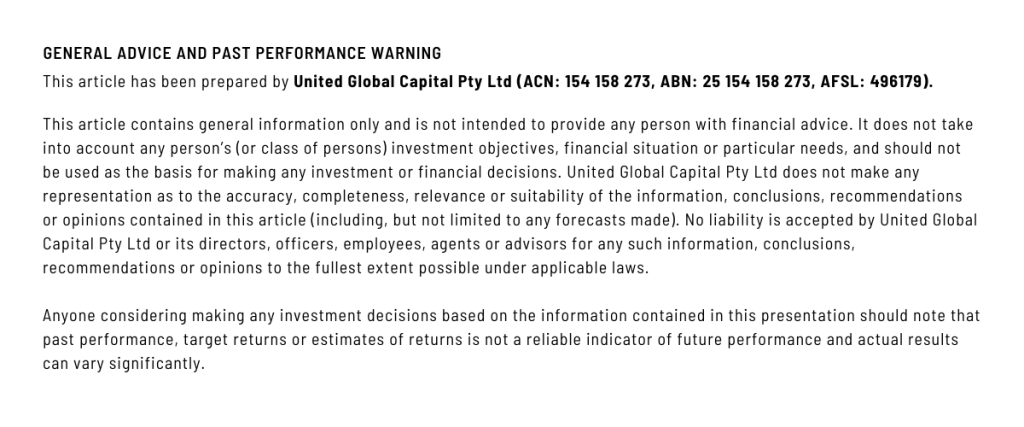The Basics of Superannuation
The Australian superannuation system was introduced in 1992 to reduce reliance on the age pension and encourage working Australians to save for their retirement.
Employers are required to contribute a minimum of 10.5% (this will progressively increase up to 12% by 1 July 2025) of an employee’s income to a superannuation account. This is known as your ‘superannuation guarantee contributions’ (SGC).

In most circumstances your employer will pay you super if you’re:
18 or over,
To be entitled to receive compulsory super contributions if you’re under 18 years of age, you must work more than 30 hours in a week.
This applies whether you work casual, part-time or full-time hours, and even if you’re a temporary resident.
Why superannuation is compulsory:
In 1992 the Australian Government made superannuation compulsory for most employed Australians to help them save for retirement.
Employers are required to make regular contributions into employee’s super accounts. The policy was introduced due to concerns that the government age-pension payments would overwhelm the country’s economy unless there was a system to encourage higher retirement savings.
By coupling consistent contributions with strategic investment choices and compound interest, your super can grow significantly over many years.
How superannuation works:
Once contributions are received, your super fund then invests your money in assets like shares and property to help grow your balance over time. The amount of super you’ll end up with when you retire depends on several factors, including how much you contributed, how long you’ve been contributing for, your investment returns, and the amount of fees you pay.
In addition to employer contributions, you can also make additional contributions into your super account. Although there are a number of different contributions you can make, they are typically classed as concessional or non-concessional.
Concessional contributions come out of pre-tax pay and usually are taxed at just 15%, which is much lower than the marginal rate of tax for most employees. Non-concessional contributions are made from your after-tax pay, with no further taxes being applied. Both of these contribution types have limits on how much you can contribute each financial year – these are known as contribution caps.
Superannuation is designed to fund your retirement, so it’s important to remember you can only withdraw your super when you meet a condition of release, such as turning 65, reaching preservation age and retiring, or under the transition-to-retirement rules while you continue to work.
Changes in superannuation:
Superannuation is always changing as well as investment conditions which is why it can be very advantageous to have financial planning advice so you are making the most of your super and headed towards a retirement that you will enjoy.
If you are interested in discussing your retirement planning please contact us today.

